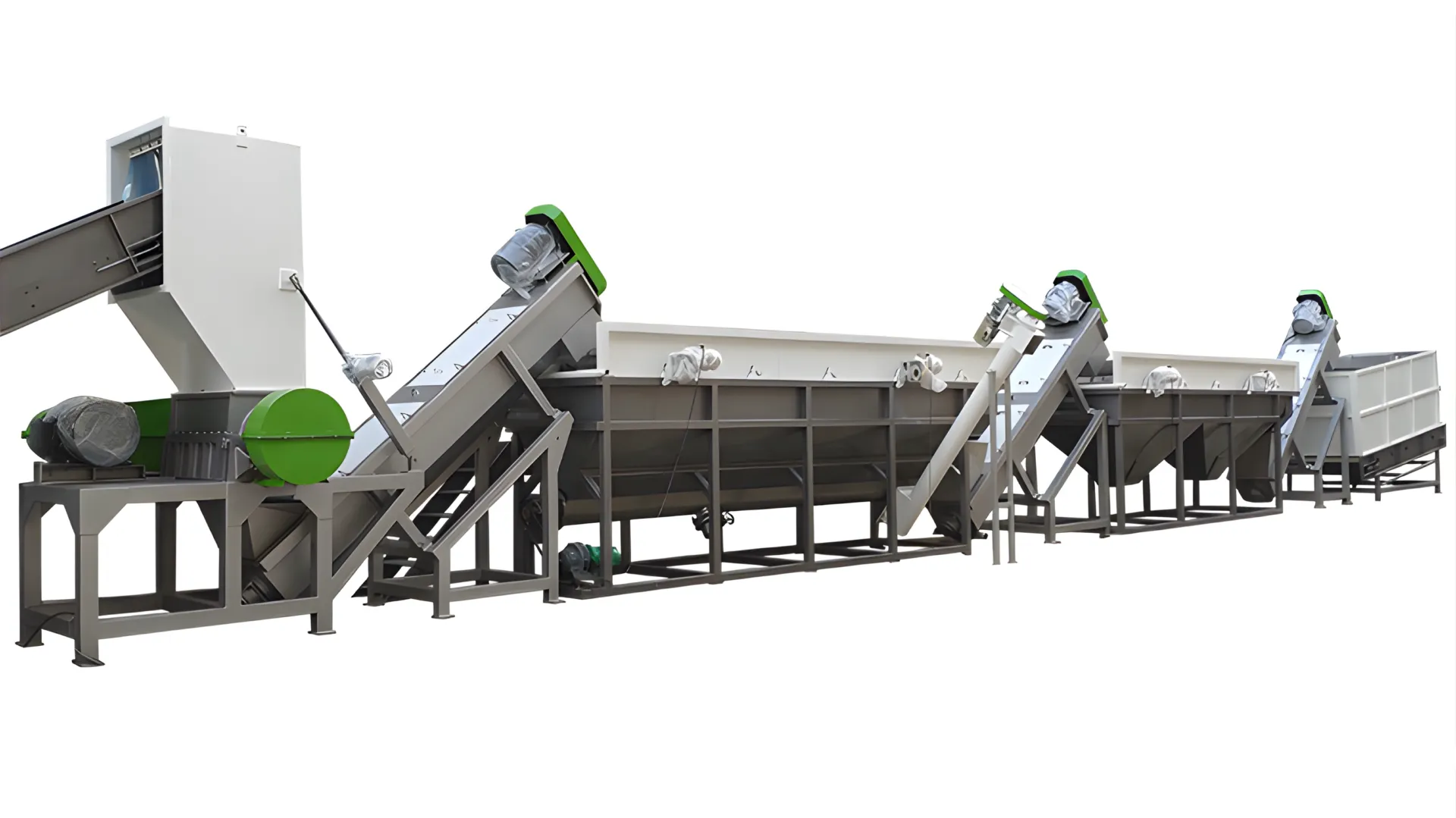Linea di lavaggio per film plastici

Trasforma i tuoi rifiuti di plastica con la nostra avanzata linea di lavaggio per pellicole. Benvenuti nel futuro del riciclo delle pellicole plastiche. La nostra innovativa linea di lavaggio per pellicole plastiche offre...



